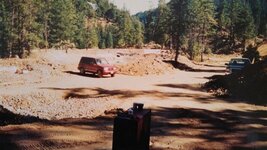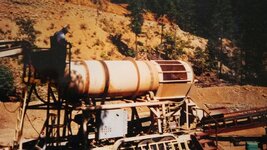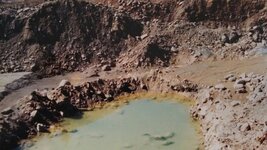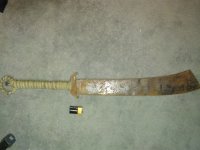falsesignal
Greenie
I was wondering if anyone had any insight on testing hydraulic banks? maybe at the bottom of the banks? or use a latter or rope to test halfway up banks? some of the hydraulic banks I found seem to be virgin cemented gravels? maybe metal detect. I always wanted to try but end up just moving on to easier ground .
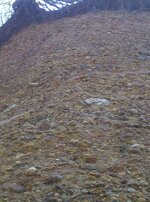

Amazon Forum Fav 👍
Upvote
0



